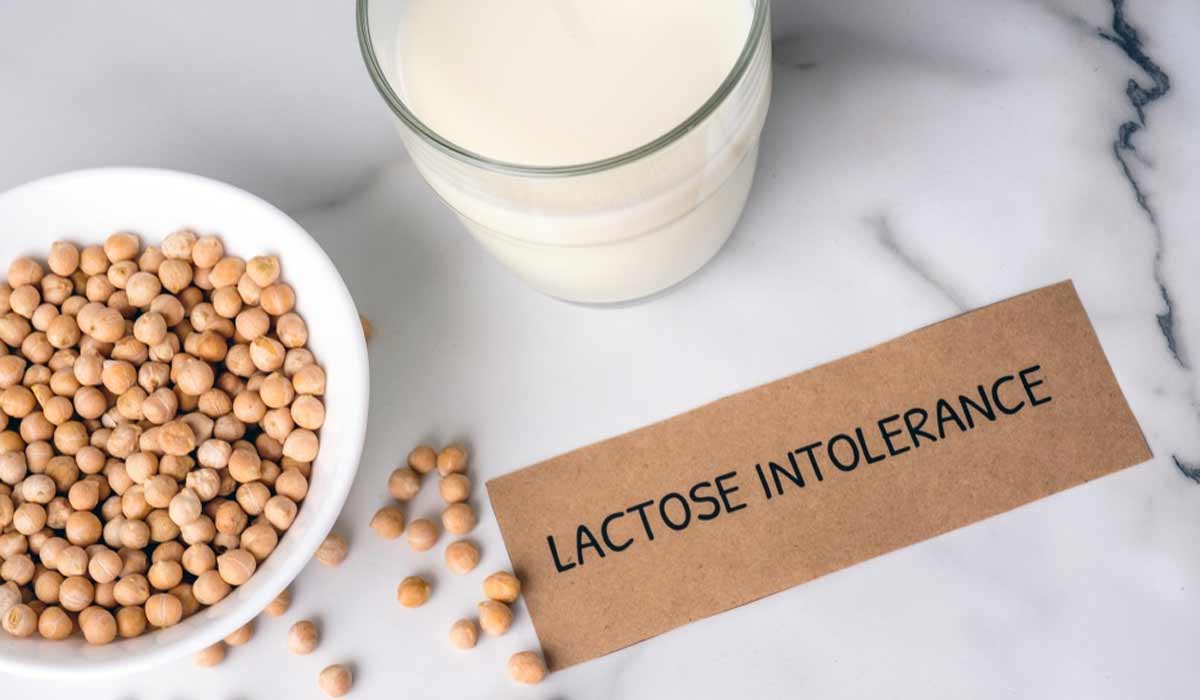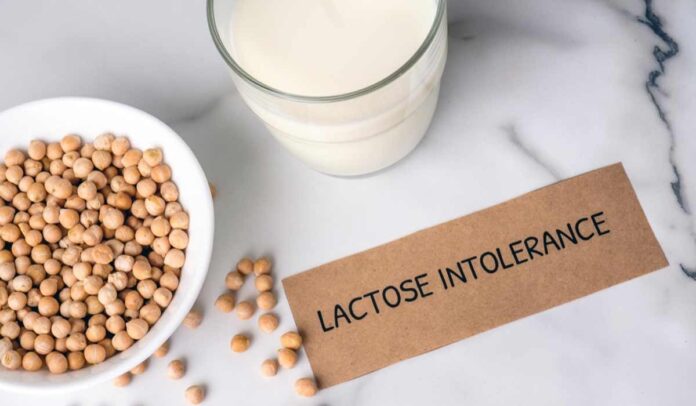Lactose intolerance is a common digestive disorder that affects a significant portion of the global population. It is characterized by the body’s inability to fully digest lactose, a sugar found in milk and dairy products. Individuals with lactose intolerance lack the enzyme lactase, which is responsible for breaking down lactose into simpler forms that can be absorbed by the body.

When lactose remains undigested, it moves into the large intestine, where bacteria ferment it, leading to symptoms such as bloating, gas, diarrhea, and abdominal discomfort. While lactose intolerance is not life-threatening, it can cause considerable discomfort and impact a person’s quality of life.
Fortunately, there are various ways to manage lactose intolerance through dietary adjustments and prevention strategies. Let’s explore some new approaches that can help individuals with lactose intolerance lead a more comfortable life.
Understanding Personal Tolerance Levels: The severity of lactose intolerance varies among individuals. Some people may be able to tolerate small amounts of lactose without symptoms, while others need to strictly avoid it. Experimenting with different dairy products and keeping a food diary can help identify personal tolerance levels and minimize discomfort.

Lactase Supplements: Over-the-counter lactase supplements are available in the form of tablets or drops. These supplements provide the necessary lactase enzyme to help break down lactose and can be taken before consuming lactose-containing foods or beverages. Incorporating lactase supplements into the diet allows individuals with lactose intolerance to enjoy small amounts of dairy without experiencing symptoms.
Choosing Lactose-Free Products: The market now offers a wide range of lactose-free alternatives, including milk, yogurt, cheese, and ice cream. These products are treated with lactase, breaking down lactose into simpler sugars. Lactose-free options are widely available and can be easily incorporated into a lactose-intolerant individual’s diet without sacrificing taste or nutritional value.
Plant-Based Milk Alternatives: Plant-based milk alternatives, such as almond, soy, rice, oat, or coconut milk, have gained popularity in recent years. These non-dairy alternatives are naturally lactose-free and can be used as substitutes for cow’s milk in various recipes, beverages, and cereals. It is essential to choose fortified varieties to ensure adequate nutrient intake, particularly calcium and vitamin D.
Probiotics: Probiotics are beneficial bacteria that can help improve gut health and aid digestion. Certain strains of probiotics, such as Lactobacillus acidophilus and Bifidobacterium lactis, have been found to assist in the digestion of lactose. Including probiotic-rich foods like yogurt with live cultures or taking probiotic supplements may help alleviate symptoms in some individuals with lactose intolerance.
Gradual Introduction of Lactose: Some individuals with lactose intolerance find that they can increase their tolerance to lactose by gradually introducing it into their diet. This method involves consuming small amounts of lactose-containing products over time, allowing the body to adjust and potentially produce more lactase enzyme. This approach should be done under the guidance of a healthcare professional.
Educating Others: It is crucial for individuals with lactose intolerance to educate their friends, family, and healthcare providers about their condition. This helps others understand their dietary needs and reduces the risk of unintentional consumption of lactose-containing foods.
Lactose intolerance should not be confused with a milk allergy, which involves the immune system and can have severe reactions. If you suspect you have lactose intolerance, it is advisable to consult with a healthcare professional for an accurate diagnosis and personalized guidance on managing your condition.
In conclusion, lactose intolerance is a common digestive disorder that can be managed effectively through dietary adjustments and preventive measures. By understanding personal tolerance levels, incorporating lactase supplements, choosing lactose-free products, exploring plant-based milk alternatives, considering probiotics, gradually introducing lactose, and educating others, individuals with lactose intolerance can enjoy a balanced diet while minimizing discomfort and maximizing their quality of life.

























